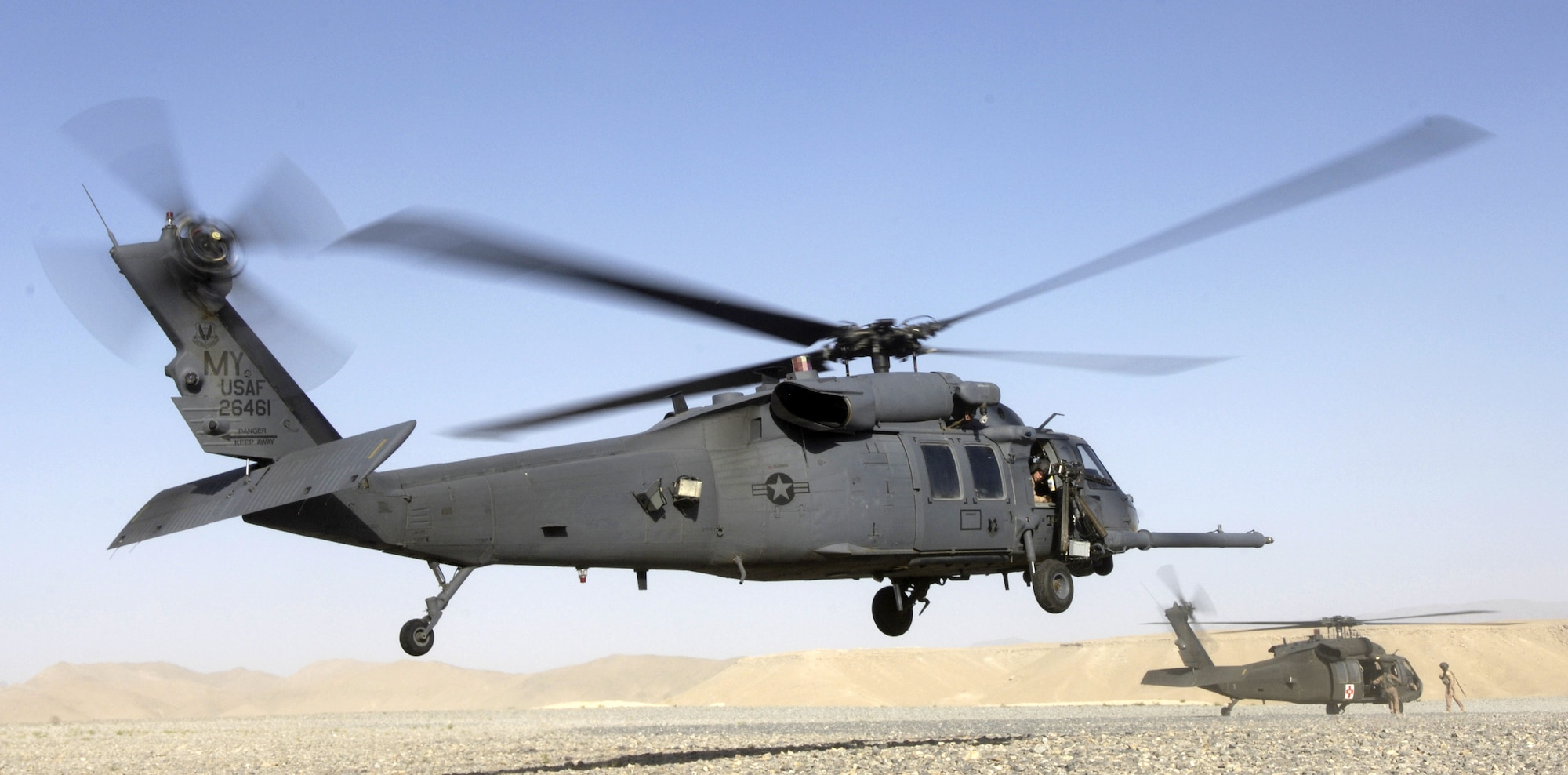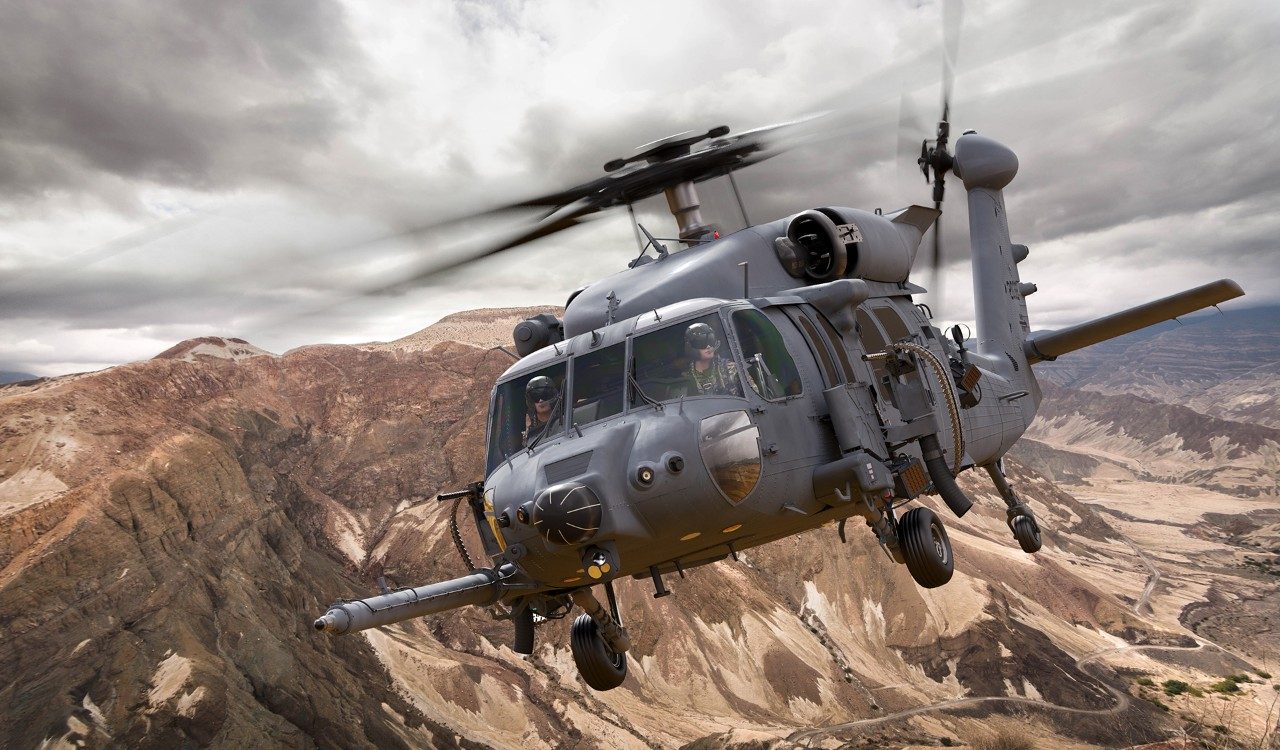UH 60 Technical Specs and Efficiency Review
Checking Out the Innovative Technology Behind Airplane Design and Design
The field of airplane layout and engineering is observing a transformative shift driven by innovative innovations that improve performance, sustainability, and effectiveness. As the market grapples with the difficulties of environmental duty, advancements in sustainable air travel technologies assure to improve the future.
Advanced Materials in Airplane Layout
Exactly how can the combination of advanced materials change aircraft layout? The incorporation of advanced materials, such as carbon fiber composites, titanium alloys, and advanced ceramics, plays a crucial role in enhancing airplane efficiency and efficiency.
Furthermore, sophisticated materials exhibit boosted resistance to deterioration and fatigue, leading to reduced maintenance prices and extensive life span. As an example, the usage of titanium in essential components helps endure severe temperature levels and stress and anxieties, while carbon fiber composites give versatility in style and manufacturing procedures. This adaptability enables even more aerodynamic shapes, adding to remarkable performance characteristics.
Moreover, the integration of clever materials, which can change residential or commercial properties in response to external stimulations, opens up new methods for adaptive systems in airplane style. uh 60. These developments promise not just to boost safety and operational performance however likewise to contribute to sustainability efforts by reducing ecological effect via decreased discharges. In summary, progressed materials are redefining the landscape of airplane style, paving the means for a lot more efficient, durable, and eco-friendly aeronautics remedies
Aerodynamic Innovations for Effectiveness
Aerodynamic developments play a crucial duty in boosting airplane effectiveness, considerably influencing fuel intake and overall performance. Advances in airfoil layout, such as the introduction of supercritical wings, enable maximized lift-to-drag ratios, minimizing drag at transonic rates. These innovations allow aircraft to maintain higher rates with reduced gas expense, directly impacting operational expenses and ecological sustainability.
Moreover, the integration of winglets has confirmed efficient in mitigating vortex-induced drag at the suggestions of wings, additionally boosting fuel performance - uh 60. This style alteration results in a decrease in wake disturbance, adding to boosted wind resistant efficiency during cruise ship conditions

In addition, computational liquid characteristics (CFD) devices have actually changed the testing and refinement of aerodynamic shapes, permitting precise simulations of air movement around aircraft (uh 60). This allows engineers to innovate continuously, ensuring that modern airplane not only satisfy regulative standards yet likewise push the boundaries of performance in aeronautics

Duty of Computer Simulations
Computer system simulations have come to be a vital tool in the area of aircraft layout, enabling engineers to carry out thorough evaluations and optimizations of various design aspects. These simulations enable the online screening of aerodynamic properties, architectural honesty, and performance metrics long before physical prototypes are built. By employing computational fluid dynamics (CFD) and limited component analysis (FEA), engineers can anticipate just how air moves around the aircraft and just how different products will respond to stress and anxiety and strain.
Furthermore, computer system simulations assist in the expedition of a large range of circumstances and variables, accelerating the layout procedure and reducing costs associated with physical testing. This capability not only enhances the accuracy of predictions pertaining to aircraft behavior but additionally uses understandings right into possible layout improvements that might not be quickly evident via traditional approaches.

Furthermore, simulations assist make sure compliance with strict security regulations by allowing designers to recognize and remedy potential issues early in the layout stage. The assimilation of simulation technologies into the aircraft style process underscores the significant advancements in engineering techniques, ultimately adding to the development of more secure, more reliable, and environmentally pleasant airplane.
Expert System in Engineering
Expert system (AI) is reinventing the design landscape, specifically in aircraft design, by boosting decision-making procedures and optimizing style process. Through maker discovering formulas, AI can assess substantial datasets, uncovering patterns and insights that inform layout options and enhance overall efficiency.
AI applications in aircraft style consist of generative style, where algorithms create multiple design alternatives based upon specified parameters, enabling designers to review a broader variety of possibilities. This not only speeds up the design stage however additionally ensures that the end products fulfill rigorous efficiency and safety and security standards.
In addition, AI-driven predictive analytics facilitate maintenance scheduling by examining historical data and forecasting prospective failures. This proactive approach lowers downtime and boosts aircraft dependability.
Additionally, AI aids in simulation and modeling, allowing engineers to examine designs under different conditions without the demand for physical prototypes. This capacity reduces growth timelines and reduces prices associated with typical testing approaches.
Lasting Aeronautics Technologies
How can the aviation market effectively balance development and environmental duty? The solution depends on the fostering of sustainable aeronautics innovations that focus on effectiveness and lower carbon emissions. Innovations such as lasting aviation gas (SAFs), which are stemmed from sustainable sources, have arised as an important component in attaining reduced lifecycle emissions. SAFs can substantially lower the carbon impact of trips, making them a practical option to traditional jet gas.
Additionally, innovations in airplane design, such as the advancement of lighter products and even more aerodynamically reliable shapes, add to boosted more tips here fuel efficiency. Electric and hybrid propulsion systems are additionally getting traction, using a pathway to reduce dependence on nonrenewable fuel sources and decrease greenhouse gas discharges.
The integration of these technologies is supported by governing frameworks and market collaborations focused on establishing ambitious sustainability targets. Electronic tools like information analytics and synthetic knowledge can optimize trip operations, better improving gas effectiveness. By accepting sustainable practices and technologies, the aviation sector can not only meet the growing need for air traveling yet also play a pivotal duty in dealing with environment modification, ensuring an extra sustainable future for air transport.
Conclusion
The convergence of sophisticated products, aerodynamic developments, and sophisticated innovations marks a substantial evolution in airplane layout and engineering. The combination of carbon fiber composites, titanium alloys, and AI-driven processes not just boosts efficiency and performance however also enhances operations and predictive upkeep.

Computer system simulations have come to be a crucial device in the field of airplane layout, allowing engineers to carry out thorough analyses and optimizations of various style elements.The convergence browse this site of innovative products, wind resistant innovations, and advanced innovations marks a substantial evolution in aircraft the original source style and design.